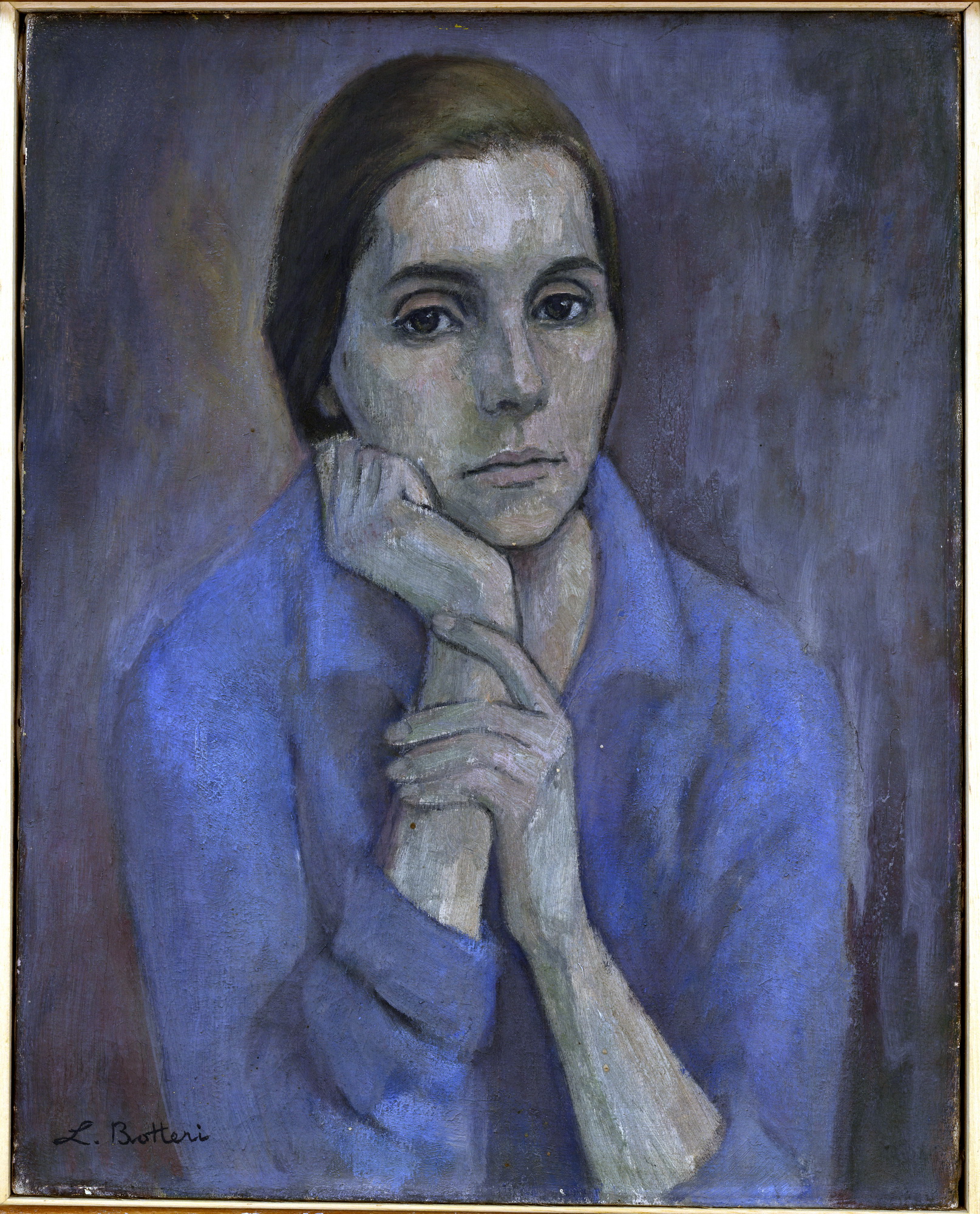UMA ANÁLISE DE THE STANLEY PARABLE
do Jogo Eletrônico à Gamearte
DOI:
https://doi.org/10.33871/sensorium.2024.11.8985Abstract
This article analyzes the interactive fiction game The Stanley Parable (2011), developed by Davey Wreden and William Pugh, based on the definitions of game art proposed by Saul and Stuckey (2007), Bruno Mendonça (2014), and Anelise Witt (2013). The analysis intends to establish relations between the game art and the narrative and mechanics of the game, such as the first-person gameplay, metalanguage, break of the fourth wall, and the construction of dramatic tensions. Thus, it is argued that The Stanley Parable can be considered a product of game art, contributing to the aesthetic and theoretical reflection in this study field.
Downloads
Downloads
Published
Versions
- 2025-05-28 (4)
- 2024-06-30 (3)
- 2024-06-27 (2)
- 2024-06-26 (1)
Issue
Section
License
Copyright (c) 2024 International Interdisciplinary Journal of Visual Arts - Art&Sensorium

This work is licensed under a Creative Commons Attribution 3.0 Unported License.
Authors who publish with this journal agree to the following terms:- Authors retain copyright and grant the journal right of first publication with the work simultaneously licensed under a Creative Commons Attribution License that allows others to share the work with an acknowledgement of the work's authorship and initial publication in this journal.
- Authors are able to enter into separate, additional contractual arrangements for the non-exclusive distribution of the journal's published version of the work (e.g., post it to an institutional repository or publish it in a book), with an acknowledgement of its initial publication in this journal.
- Authors are permitted and encouraged to post their work online (e.g., in institutional repositories or on their website) prior to and during the submission process, as it can lead to productive exchanges, as well as earlier and greater citation of published work (See The Effect of Open Access).


